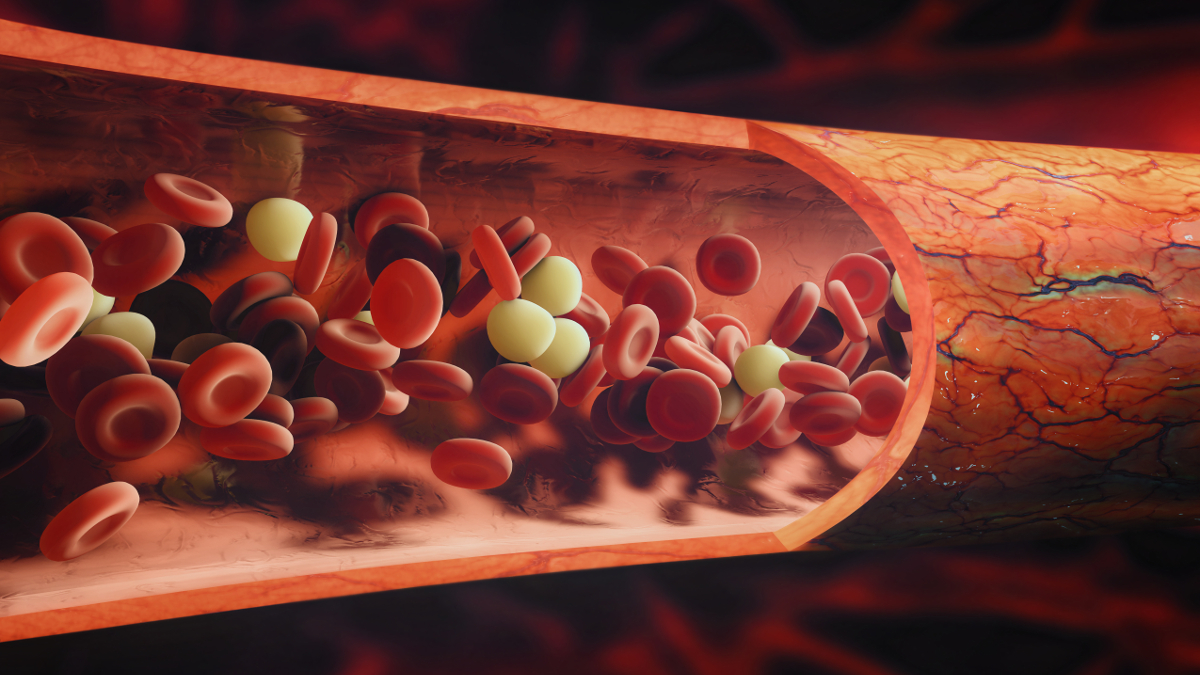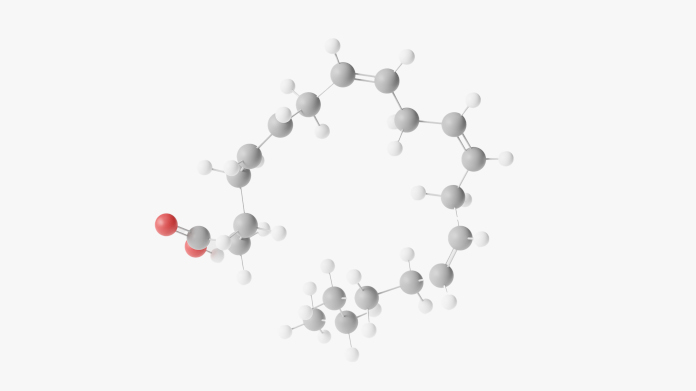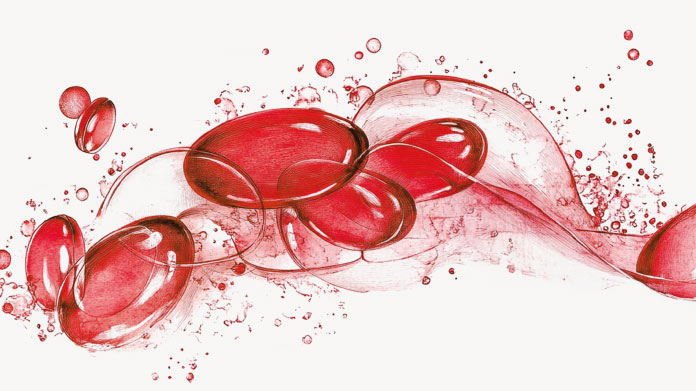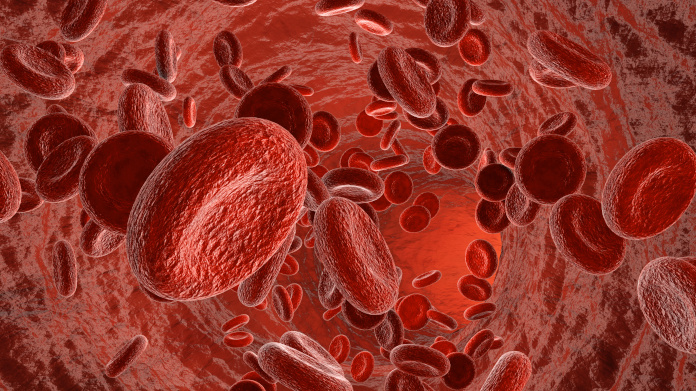
The 5 best natural venotonics
Heavy legs, varicose or dilated veins... phytotherapy and good plant combinations are an effective solution to the problem of venous insufficiency.
Venotonics combat venous insufficiency
Venous insufficiency is a circulatory disorder which primarily affects the legs. When the body is in a standing position, gravity makes it difficult for blood to return to the heart. It’s a condition that’s seen more commonly among women.
Swelling due to oedema, heavy legs, varicose and dilated veins, cramps... So many symptoms that are at best unpleasant, but that can also have serious consequences, from phlebitis, to venous thrombosis and even pulmonary embolisms. Phytotherapy enables you to act against the causes of venous insufficiency, relieve the symptoms and reduce the risk of complications. These natural venotonics will strengthen blood vessel walls, reduce oedema, and thin the blood... Here’s our overview of five essential plants!
Horse chestnut, a safe and effective venotonic
Horse chestnut native to Eastern Europe, is often confused with the similar-sounding sweet chestnut. In fact, they’re not even part of the same botanical family! Horse chestnut offers exceptional qualities when it comes to fighting venous insufficiency naturally (1). It strengthens the walls of veins, improving the efficacy of venous return – the flow of blood back to the heart.
It also protects vein impermeability and as a result, lowers the risk of developing oedema - characterised by a build-up of fluid and painful swelling, especially around the ankles. Revitalising the veins in this way improves circulation and facilitates correct venous return. Scientists have even observed that horse chestnut delivers similar benefits to those of compression stockings! (2)
Horse chestnut also offers the advantage of being an effective treatment for complications such as varicose veins. Aescin is thought to be the active principle responsible for horse chestnut’s benefits.
In practice: horse chestnut is consumed in the form of concentrated dietary supplements. These have the advantage of being both high in aescin and free from esculin, a toxin naturally found in chestnuts. A one-month course of horse chestnut supplements is recommended, to be repeated if symptoms recur. The product Horse Chestnut Extract is particularly worth mentioning.
Red vine with powerful polyphenols
In countering venous insufficiency, virtually all parts of this plant are used: quercetin from the leaves, resveratrol from the red grapes, and proanthocyanidins from the seeds.
The combination of all these aromatic antioxidants delivers effective relief from the symptoms of venous insufficiency (3). Whether an extract of red grape seed or of red vine leaf, the effect is to alleviate swelling in the legs (4). Like varicose veins, swollen and painful veins can become not only unsightly but serious if left untreated.
In practice: Taking a dietary supplement will deliver synergistic effects from red vine leaf and grape seed extracts. Another option is to drink hot red vine tea, three times a day. The supplement Resveratrol will, as its name suggests, increase your intake of this beneficial compound.
Maritime pine bark with pycnogenol
The maritime pine, or Landes pine, is not only useful for providing shade in the southern regions of France. Its bark contains polyphenols called proanthocyanidins, which are particularly beneficial in circulatory problems of the legs.
These compounds are abundant in pycnogenol, now recognised as an extract in its own right. Pycnogenol acts on venous insufficiency in several ways: it relieves symptoms (5), thins the blood by reducing platelet aggregation, and prevents venous thrombosis (6). It is thus a promising substance in terms of providing substantial cardiovascular protection.
In practice: pycnogenol is available as a dietary supplement, normally in the form of tablets (such as Pycnogenol®).
Centella asiatica, the veins’ natural ally
Centella Asiatica is also known as Tiger Grass, or by its Indian name, Gotu Kola. It has many uses in Ayurvedic medicine. Researchers have shown that Centella Asiatica offers considerable benefits in venous insufficiency (7): relieving varicose veins, normalising blood pressure, and preventing microangiopathy (a circulatory disease)...
These effects are attributed to its high content of active saponins, which include asiatic acid, madecassic acid and madecassoside.
In practice: Centella Asiatica is widely available as a dietary supplement (including the aptly-named Centella asiatica).
Sweet clover with coumarin
Sweet clover has long been used as part of the traditional European pharmacopoeia. It belongs to the large family of fabaceae, commonly known as the pea family. In contrast to other members which produce edible legumes (peas, beans...), with sweet clover it is the dried flower that’s used.
The plant contains coumarin, which in addition to giving off a sweet scent much prized by perfumiers, has benefits for blood and lymphatic circulation. It thus helps reduce symptoms associated with poor circulation in the legs, particularly oedema around the ankles (8). Sweet clover also has anti-inflammatory properties and helps keep artery walls supple.
In practice: dried sweet clover can be consumed in the form of a tea, to be drunk once a day. It is also available in capsule form as a liquid or dried extract. A good intake of coumarin can be obtained by taking the sweet clover-based Lymphatonic, a powerful, natural venotonic.
It’s important to add that heavy legs may be a sign of a more serious problem. Therefore, if you have any concerns, you should consult your doctor for an accurate diagnosis and appropriate treatment. For troublesome symptoms, plants can help reduce circulation problems in the legs and thus improve everyday life.
References
- Pittler MH, Ernst E. Horse chestnut seed extract for chronic venous insufficiency. Cochrane Database Syst Rev. 2006 Jan 25;(1).
- Diehm C, Trampisch HJ, Lange S, Schmidt C. Comparison of leg compression stocking and oral horse-chestnut seed extract therapy in patients with chronic venous insufficiency. Lancet. 1996 Feb 3;347(8997):292-4.
- Sano, A., Tokutake, S. and Seo, A. (2013), Proanthocyanidin‐rich grape seed extract reduces leg swelling in healthy women during prolonged sitting. J. Sci. Food Agric., 93: 457-462.
- Monsieur R, Van Snick G. [Efficacy of the red vine leaf extract AS 195 in Chronic Venous Insufficiency]. Praxis (Bern 1994). 2006 Jan 25;95(6):187-90.
- Arcangeli P. Pycnogenol in chronic venous insufficiency. Fitoterapia. 2000Jun;71(3):236-44.
- Belcaro G, Cesarone MR, Rohdewald P, Ricci A, Ippolito E, Dugall M, Griffin M, Ruffini I, Acerbi G, Vinciguerra MG, Bavera P, Di Renzo A, Errichi BM, Cerritelli F. Prevention of venous thrombosis and thrombophlebitis in long-haul flights with pycnogenol. Clin Appl Thromb Hemost. 2004 Oct;10(4):373-7.
- Incandela L, Belcaro G, De Sanctis MT, Cesarone MR, Griffin M, Ippolito E, Bucci M, Cacchio M. Total triterpenic fraction of Centella asiatica in the treatment of venous hypertension: a clinical, prospective, randomized trial using a combined microcirculatory model. Angiology. 2001 Oct;52 Suppl 2:S61-7.
- Stefanini L. et al., Trattamento farmacologico e/o balneotherapico dell insufficienza venosa cronica, Gazz. Med. Ital., 1996, 155: 179-85.
Keywords
2 Days
Great
The efficient delivery.
CLA VOETS
8 Days
Great service
Great service items dispatched straight away and arrived on time
M***** G***
11 Days
A good webshop for supplements
A good webshop for supplements, it has a large selection of them and considering the quality, the pricing offers good value for money. The ordering process is easy and the products are sent straight away.
Maurice
13 Days
Great quality
Products are of great quality and fast delivered.
Fred Laan
15 Days
SuperSmart destaca por la calidad de…
SuperSmart destaca por la calidad de sus productos.
GONZALEZ PALACIN Luis
15 Days
snelle levering,perfect product.
snelle levering,perfect product.
robert
16 Days
Been a customer for over 15 years and…
Been a customer for over 15 years and find their products along with the service excellent. I recommend Super Smart to all my friends.
Del Chandler
16 Days
Excellent product and service
The product was excellent and so were the delivery and the service
F. Ferlitz
19 Days
Never an issue ordering
Never an issue ordering. Simple and to the point. And product always comes the following day. Quality is great too!
Andrea
19 Days
Excellente service & products with rare…
Excellente service & products with rare revelation supplements I love ❤️
Giovanna Escalera
21 Days
Fast shipping
Fast shipping, products as ordered!
Coindozer
21 Days
The item arrived on time and is what…
The item arrived on time and is what was stated in the order.
HARDY Chris
23 Days
Very good products
Very good products. Very reliable. Quick delivery.
MIFSUD Joseph
28 Days
Fast shipping
Fast shipping, good products (just shipping costs to my country are extremely high).
Tanja Matko
28 Days
Many thanks.
Many thanks.
Alan



